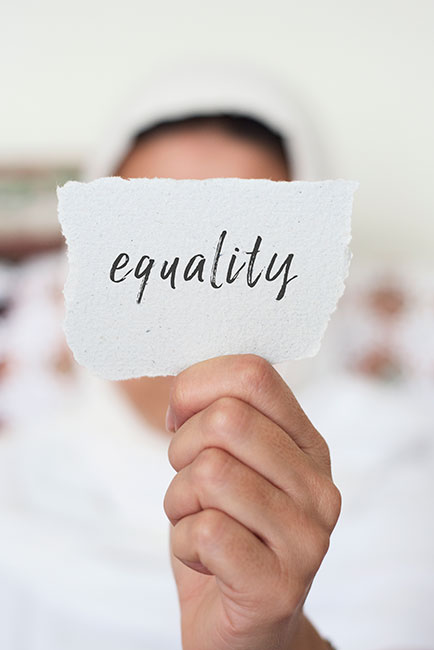••• financial services research
One-third claim to have experienced data breach, identity theft
 About one-third of U.S. consumers (34 percent) surveyed have been notified at some point that their data has been breached, according to a survey released by The Hartford Steam Boiler Inspection and Insurance Company (HSB), Hartford, Conn., part of Munich Re, and one in five have been the victim of identity theft.
About one-third of U.S. consumers (34 percent) surveyed have been notified at some point that their data has been breached, according to a survey released by The Hartford Steam Boiler Inspection and Insurance Company (HSB), Hartford, Conn., part of Munich Re, and one in five have been the victim of identity theft.
Nearly half of those who had received a breach notification said they had been informed within the past 12 months, according to the findings from the nationwide online survey of 1,551 adults in the U.S. conducted for HSB by Zogby Analytics.
Sixty-two percent of individuals whose personal information had been breached were offered credit monitoring or restoration services and 41 percent took advantage of those benefits.
Asked when they discovered their identity had been stolen, 38 percent said when they applied for credit, were notified of a fraudulent tax filing, were named in a collection agency action over a debt or some other financial or legal transaction. Another 37 percent found out when they received a data breach notification; 20 percent spotted suspicious activity on their credit report, and 4 percent were notified by law enforcement.
Many victims (38 percent) didn’t know how their identity was stolen. Twenty-six percent said it was stolen online; 23 percent said it was breached from a bank, retailer or other institution; 8 percent through the loss or theft of a wallet, purse, laptop or smartphone; and 5 percent said a friend or family member.
••• ad research
 Gender equity in ads is good for business
Gender equity in ads is good for business
Recent research by the Association of National Advertisers (ANA), in collaboration with TiVo, showed that ads that portray women and girls accurately are more socially acceptable and well-liked by both men and women they surveyed.
Released by the ANA’s #SeeHer movement, the findings demonstrate that such ads work even better when paired with programming that also portrays women accurately. When ads that score high in the ANA’s Gender Equality Measure (GEM) are aired on high-scoring programs, they deliver better sales than when airing on low-scoring programs.
TiVo conducted analyses using GEM scores across select CPG advertising and the programs they aired within and found that ads with a high GEM score generated double-digit incremental sales per rating point post-ad exposure when they were aired on shows that also have a high GEM score.
To quantify the financial impact when ads and programs are “GEMfit” together, TiVo leveraged its syndicated direct household match of TV set-top box viewership data and shopper loyalty card data. The results confirmed that GEM scores have the potential to make a financial impact when scores are considered in advertising and media planning.
